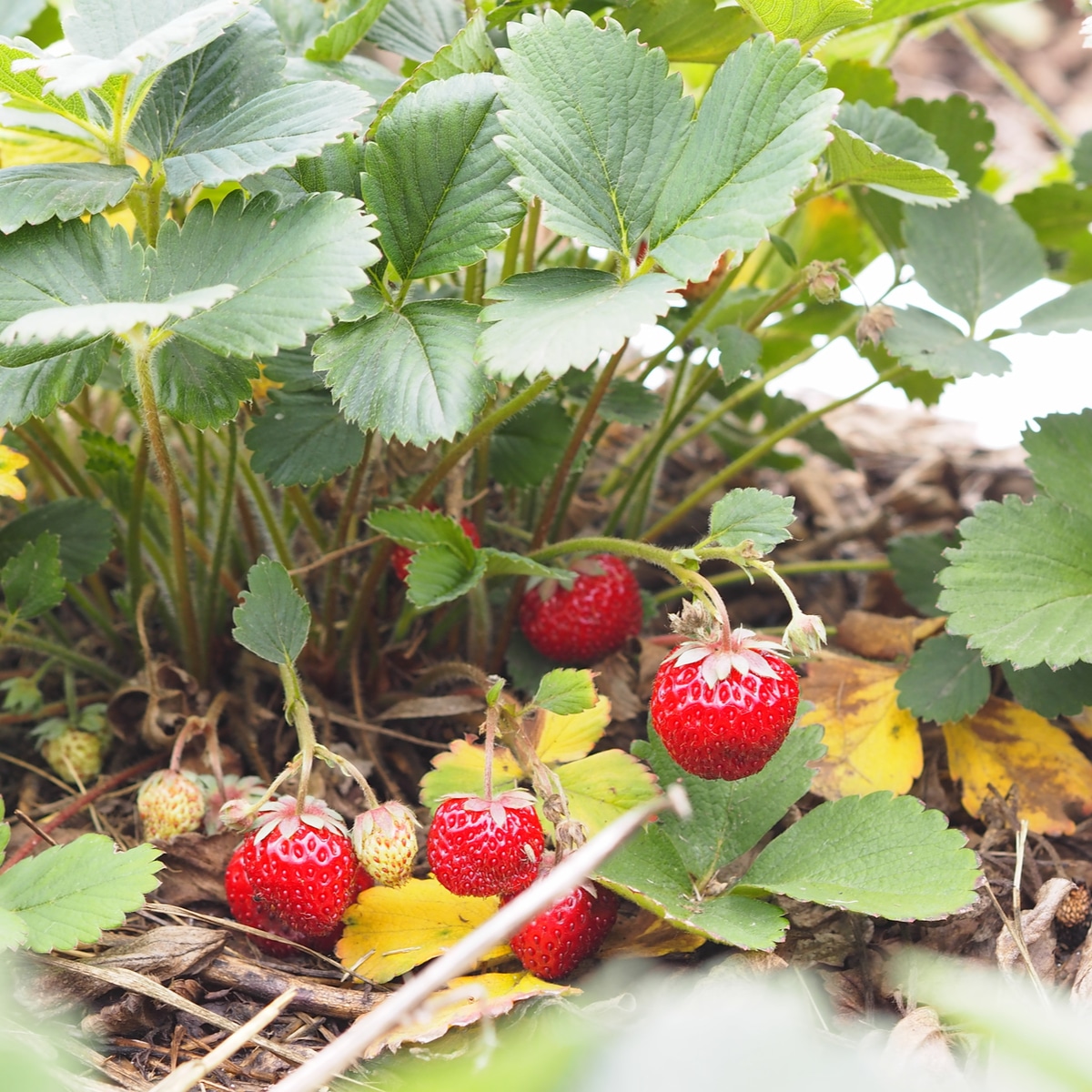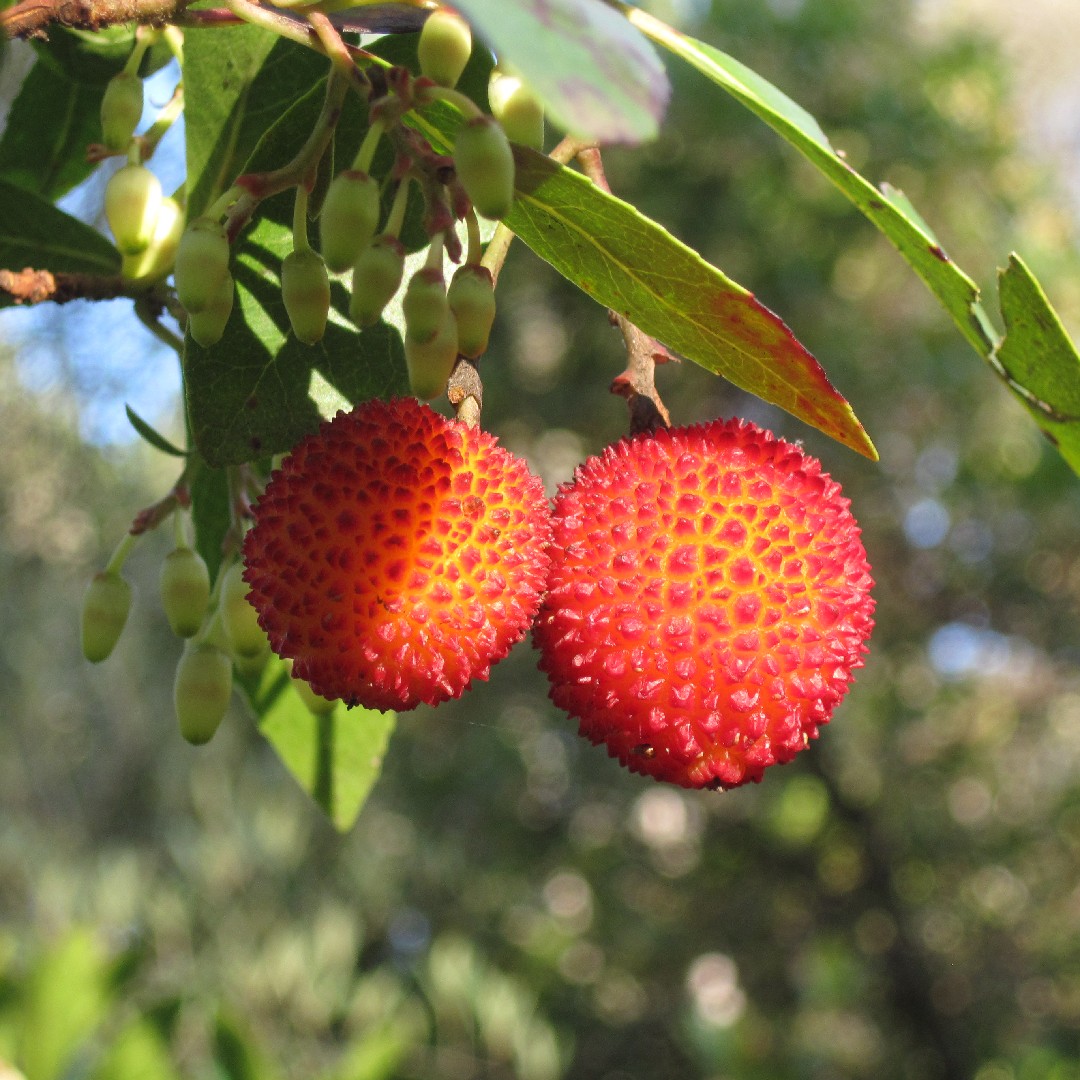Are Strawberry Tree Roots Invasive? Yes, the roots of a strawberry tree (Arbutus unedo) are invasive. They can spread aggressively and potentially damage underground pipes and structures.
Strawberry tree, scientifically known as Arbutus unedo, is recognized for its vibrant fruits and attractive appearance. However, the invasive nature of its roots should be given due consideration. These roots possess the ability to spread vigorously, seeking out water and nutrients from the soil.
While this trait helps the tree thrive in its natural habitat, it can be problematic in urban landscapes and gardens. The extensive root system of the strawberry tree can cause damage to underground infrastructure such as pipes, foundations, and cables, leading to costly repairs. Understanding the invasiveness of strawberry tree roots is crucial in determining their suitability for specific planting locations and preventing potential damage.
[ez-toc]

Credit: strawberryplants.org
What Are Strawberry Trees?
Strawberry trees, also known by their scientific name Arbutus unedo, are small evergreen trees that belong to the heather family. These picturesque trees are native to the Mediterranean region but have found a home in many gardens and landscapes around the world for their stunning appearance and delicious fruit. Let’s take a closer look at the fascinating features of strawberry trees.
Appearance
With their enchanting beauty, strawberry trees are a delight to behold. They typically reach a height of 6 to 12 meters, gracefully spreading their branches. The leaves are leathery and dark green, providing an elegant backdrop to their clusters of bell-shaped flowers. These flowers, which bloom in late autumn or early winter, vary in color from white to pale pink and exude a sweet fragrance that attracts bees and other pollinators.
The bark of the strawberry tree is another standout feature, showcasing a unique reddish-brown hue that peels away to reveal a smooth surface. This eye-catching combination of glossy leaves, delicate flowers, and striking bark ensures that the strawberry tree stands out in any landscape, adding a touch of beauty throughout the year.
Fruit Characteristics
One of the most enticing aspects of strawberry trees lies in their delectable fruit. The fruit of the strawberry tree resembles a small, round strawberry, usually measuring around 1 to 2 centimeters in diameter. As the fruit ripens, it transitions from a vibrant green to a luscious shade of yellowish-orange, inviting eager hands to pluck them from the branches.
Beyond their attractive appearance, strawberry tree fruits are renowned for their unique taste. Their flavor profile is a delightful blend of sweetness and tartness, similar to that of a ripe kiwi or a tangy citrus fruit. The fruits can be enjoyed fresh off the tree or used in various culinary endeavors, such as jams, jellies, pies, and even alcoholic beverages.
Aside from their delicious taste, the strawberry tree fruits also boast a range of health benefits. They are rich in antioxidants, vitamins C and E, and other essential nutrients, making them a valuable addition to a balanced diet.
Understanding Invasive Plant Species
An invasive plant species is a type of plant that is non-native to a particular ecosystem andcano spreads aggressively, outcompeting and displacing native plants. These plants can negatively impact biodiversity, disrupt natural ecosystems, and cause economic harm. It is important to understand invasive plant species to effectively manage and control their spread.
According to the United States Department of Agriculture (USDA), an invasive plant species is defined as a non-native plant that spreads and reproduces rapidly, causing damage to the environment, economy, and human health. These plants often have characteristics that help them outcompete native plants, such as fast growth, high seed production, and efficient dispersal mechanisms.
Common Examples
| Common Invasive Plant Species | Impact |
|---|---|
| Japanese Knotweed (Fallopia japonica) | Forms dense thickets, outcompetes native plants, damages infrastructure |
| Kudzu (Pueraria montana) | Smothers and kills native vegetation, alters habitats |
| Giant Hogweed (Heracleum mantegazzianum) | Produces toxic sap, poses health risks to humans |
Understanding the common examples of invasive plant species can help identify and prevent their spread. It is important to be aware of these plants and take action to manage their growth to protect native ecosystems and biodiversity.
Are Strawberry Tree Roots Invasive?
Benefits Of Strawberry Trees
Strawberry trees, also known as Arbutus unedo, add more than just aesthetic beauty to the landscape. Their extensive root system plays a vital role in the environments they inhabit, providing a range of benefits that make them a valuable addition to any ecosystem. From ecological significance to landscaping appeal, the strawberry tree offers numerous advantages that are worth exploring.
Ecological Importance
The strawberry tree, with roots that are not considered invasive, has a significant ecological impact. Its deep and extensive root system helps in preventing soil erosion and stabilizing the surrounding ecosystem. Moreover, the trees’ roots can provide essential nutrients to the soil, promoting overall soil health, which is essential for the growth of other plants and the well-being of the entire ecosystem.
Landscaping Uses
These trees are also highly valued in landscaping due to their ornamental value. The strawberry tree’s attractive evergreen canopy, delicate white flowers, and bright red fruit provide year-round interest and aesthetic appeal. Additionally, the deep root system of the strawberry tree can help in improving soil structure and preventing soil compaction in landscaping areas, making it an ideal choice for adding beauty and stability to any outdoor space.
Managing And Controlling Strawberry Trees
Strawberry trees are known for their invasive root system, which can cause problems in gardens and landscapes. Managing and controlling these trees is essential to prevent the spread of their roots and maintain the health of surrounding plants. Here are some effective methods for managing and controlling the invasive roots of strawberry trees.
Prevention
To prevent the spread of strawberry tree roots, it is important to plant them in areas where they have sufficient space to grow without encroaching on other plants. Selecting suitable planting locations and providing adequate spacing can help minimize the impact of their invasive roots.
Removal Techniques
- Regular Pruning: By regularly pruning the roots and cutting back the branches of strawberry trees, you can control their growth and prevent them from becoming invasive.
- Root Barriers: Installing physical root barriers can help contain the spread of strawberry tree roots and protect nearby plants from their invasive nature.
- Chemical Treatment: Using herbicides or other chemical treatments under the guidance of a professional can effectively control the growth of strawberry tree roots.

Credit: www.picturethisai.com
Frequently Asked Questions On Are Strawberry Tree Roots Invasive
How Big Do Strawberry Trees Get?
Strawberry trees can grow up to 25 feet tall. They are known for their attractive appearance and delicious fruit.
How Messy Are Strawberry Trees?
Strawberry trees can create a little mess due to falling leaves and fruit, but it’s manageable.
What Are The Benefits Of Strawberry Tree Fruit?
The benefits of strawberry tree fruit include being high in antioxidants, vitamins, and minerals, supporting a healthy immune system, promoting heart health, aiding digestion, and potentially reducing the risk of certain diseases.
What Is The Lifespan Of A Strawberry Tree?
The lifespan of a strawberry tree typically ranges from 30 to 50 years, depending on various factors like climate, care, and maintenance.
Conclusion
Strawberry tree roots are generally not considered to be invasive. While they can spread, their growth is usually contained and unlikely to cause damage to surrounding plants or structures. It’s important to provide adequate space and monitor their growth, but overall, they are a desirable addition to any garden or landscape.


